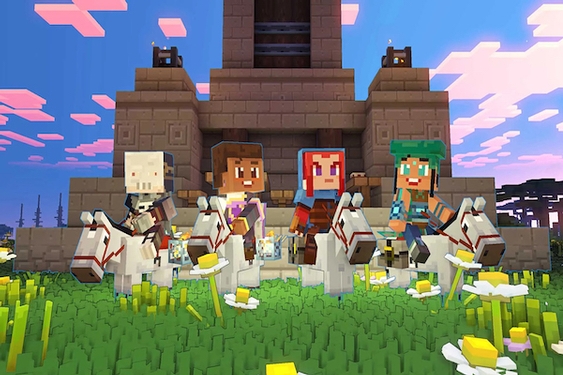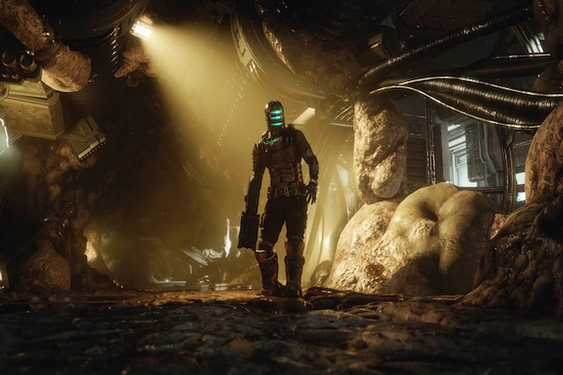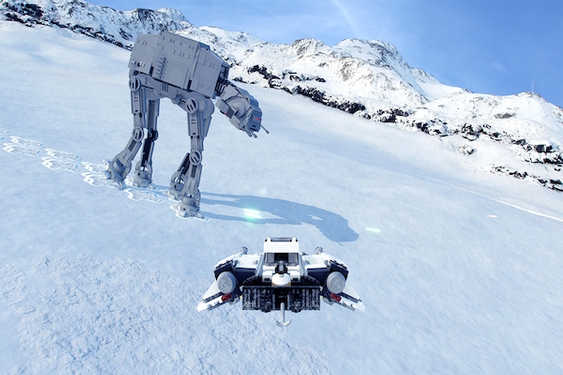Mario comes in all different shapes and sizes. Originally known as Jumpman, he battled Donkey Kong to rescue a woman named Pauline. He’s appeared as a referee between Mike Tyson and Little Mac and as a John Daly-shaped competitor in golf tournaments. The company even has a perfect reference Mario used for toys and modelers.
Among the numerous iterations, one of the more underrated is Paper Mario. It’s the papercraft version of the mustachioed hero who shows up for the role-playing game series of the same name by Intelligent Systems. It’s an unusual venture for the Nintendo mascot who mostly appears in action titles. The slower-paced and sprawling genre doesn’t seem conducive to a hero who has made his name with platforming, but miraculously, the developers have made the concept work.
That’s mostly because of Intelligent Systems’ inventive treatment of Mario’s universe and the incorporation of action elements to the turn-based combat. Despite being RPGs, “Paper Mario” titles still require a modicum of platforming skill, whether it’s jumping over pits or bashing obstacles with a hammer.
With “Paper Mario: The Origami King,” Intelligent Systems again mixes action and RPG ingredients to create a unique whole. The plot revolves around King Olly’s takeover of Princess Peach, her castle and the lands surrounding the Mushroom Kingdom. Like the Night King from “Game of Thrones,” his minions kidnap paper characters and turned them into his folded soldiers.
Mario manages to survives this coup and, accompanied by Olly’s sister Olivia, embarks on a journey to stop the madman from turning the world into origami. The setup is ho-hum, but it’s the journey that matters here. As they free each land and its inhabitants, the pair encounter new side characters.
The best sidekick of the cast is Bob-omb, an amnesiac that joins Mario and Olivia on their quest. He has the most compelling story of the bunch because it’s most poignant and takes the campaign to unexpected places.
Like previous entries to the franchise, “Origami King” plays with the idea of paper. That’s seen in how Mario moves his 2-D frame in a three-dimensional world. The developers deftly created a papercraft environment and filled it with puzzles that focus on freeing four Vellumental and other allies and destroying the streamers that coil around Peach’s castle.
The puzzles reflect the land they inhabit. The scorching sandpaper desert is full of ancient temples and an Indiana Jones-type adventure. The Great Sea features sunken treasure that must be dragged to the surface. Elsewhere, they’ll visit a Japanese-style theme park and deal with tricky ninjas. The adventure goes through land, air and sea, and if players get stuck, Mario can ask Olivia for clues to help solve puzzles or point to the next goal.
The other side of the equation is a revamped combat system. It’s still turn-based and requires timed button presses, but Intelligent Systems added a puzzle element up front. Before a battle begins, players have to line up enemies, and if they do it correctly, they get a damage boost for Mario. It sounds easy but the difficulty lies in the time limit and number of moves.
Players can avoid this by tossing coins at the toads cheering on Mario. The adoring crowd will solve the puzzles for players and give them an edge in battle. In the second phase, they’ll choose whether to use boots or hammers to defeat the folded soldiers. The choices matter, depending on whether foes are flying or have spikes on their backs.
Boss battles are more complicated, as they flip the puzzle on its head. Instead of Mario at the center attacking outward, players find the plumber on the outside looking to attack the powerful adversary in the center. That involves directing him with arrows and letting Mario hit switches and other markers that allow him to deal damage. The plumber’s most powerful move is the 1,000 fold arms that turn his limbs into origami so that he pummel enemies.
It’s a creative combat system, but it wears on players. Thankfully, as Mario gains more hearts, he grows stronger and can dispatch weaker foes by jumping atop them or smashing them with hammers. In addition, the puzzle portion has a learning curve and will be frustrating at first before players learn to read the puzzles and adjust to the controls.
The detailed world and the combat both make the game fun, but what will delight players is the humor that’s a hallmark of the series. Nintendo’s translation team did an excellent job bringing across the gags and personalities of the cast, especially the numerous toads and Mario’s sidekick Olivia.
The smart script adds a whimsical element to the adventure. “Origami King” doesn’t rely on cheap jokes, but instead, it points to the absurdity of the situations or manages to produce clever word play. If nothing else, it gets laughs by leveraging the quirks of its enormous cast.
All of this produces a rollicking adventure, one that unfolds with a great set of story arcs in the beginning, although the narrative fails to hold that energy. Don’t get me wrong, the rest of the campaign is still fun but it does veer toward the formulaic. That can be easily overlooked though as “Origami King,” like other “Paper Mario” games, pours on a charm that mostly covers its flaws.
———
‘PAPER MARIO: THE ORIGAMI KING’
3½ stars out of 4
Platform: Nintendo Switch
Rating: Everyone
———
©2020 The Mercury News (San Jose, Calif.)
Visit The Mercury News (San Jose, Calif.) at www.mercurynews.com
Distributed by Tribune Content Agency, LLC.




